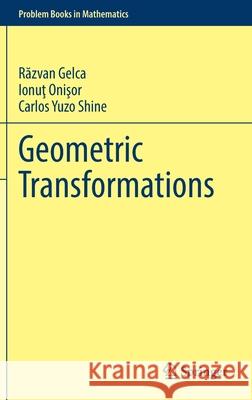Geometric Transformations » książka
topmenu
Geometric Transformations
ISBN-13: 9783030891169 / Angielski / Twarda / 2022 / 594 str.
Geometric Transformations
ISBN-13: 9783030891169 / Angielski / Twarda / 2022 / 594 str.
cena 242,07 zł
(netto: 230,54 VAT: 5%)
Najniższa cena z 30 dni: 231,29 zł
(netto: 230,54 VAT: 5%)
Najniższa cena z 30 dni: 231,29 zł
Termin realizacji zamówienia:
ok. 22 dni roboczych
Bez gwarancji dostawy przed świętami
ok. 22 dni roboczych
Bez gwarancji dostawy przed świętami
Darmowa dostawa!
Kategorie:
Kategorie BISAC:
Wydawca:
Springer
Język:
Angielski
ISBN-13:
9783030891169
Rok wydania:
2022
Ilość stron:
594
Waga:
0.99 kg
Wymiary:
23.39 x 15.6 x 3.17
Oprawa:
Twarda
Wolumenów:
01
Dodatkowe informacje:
Wydanie ilustrowane











